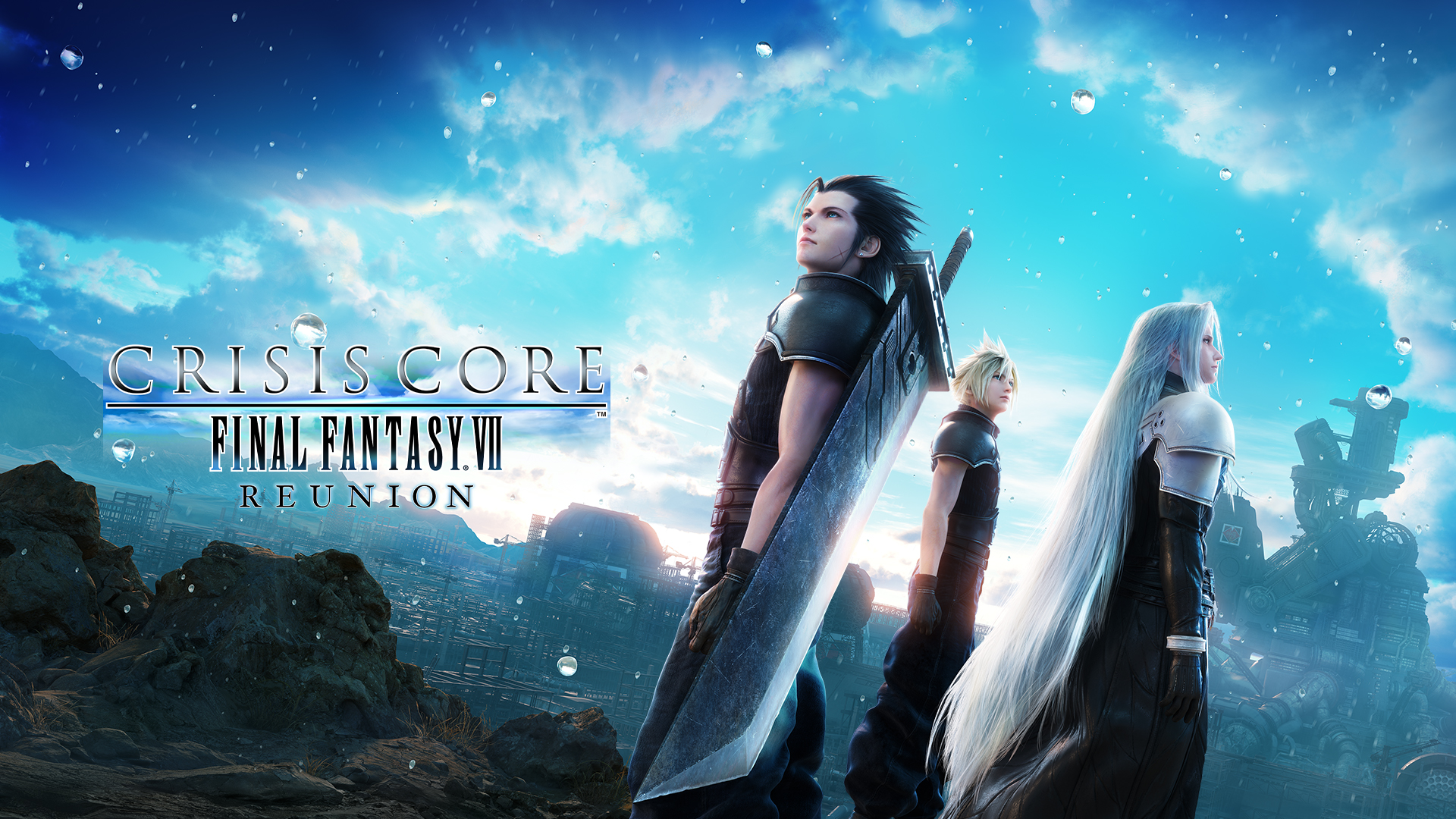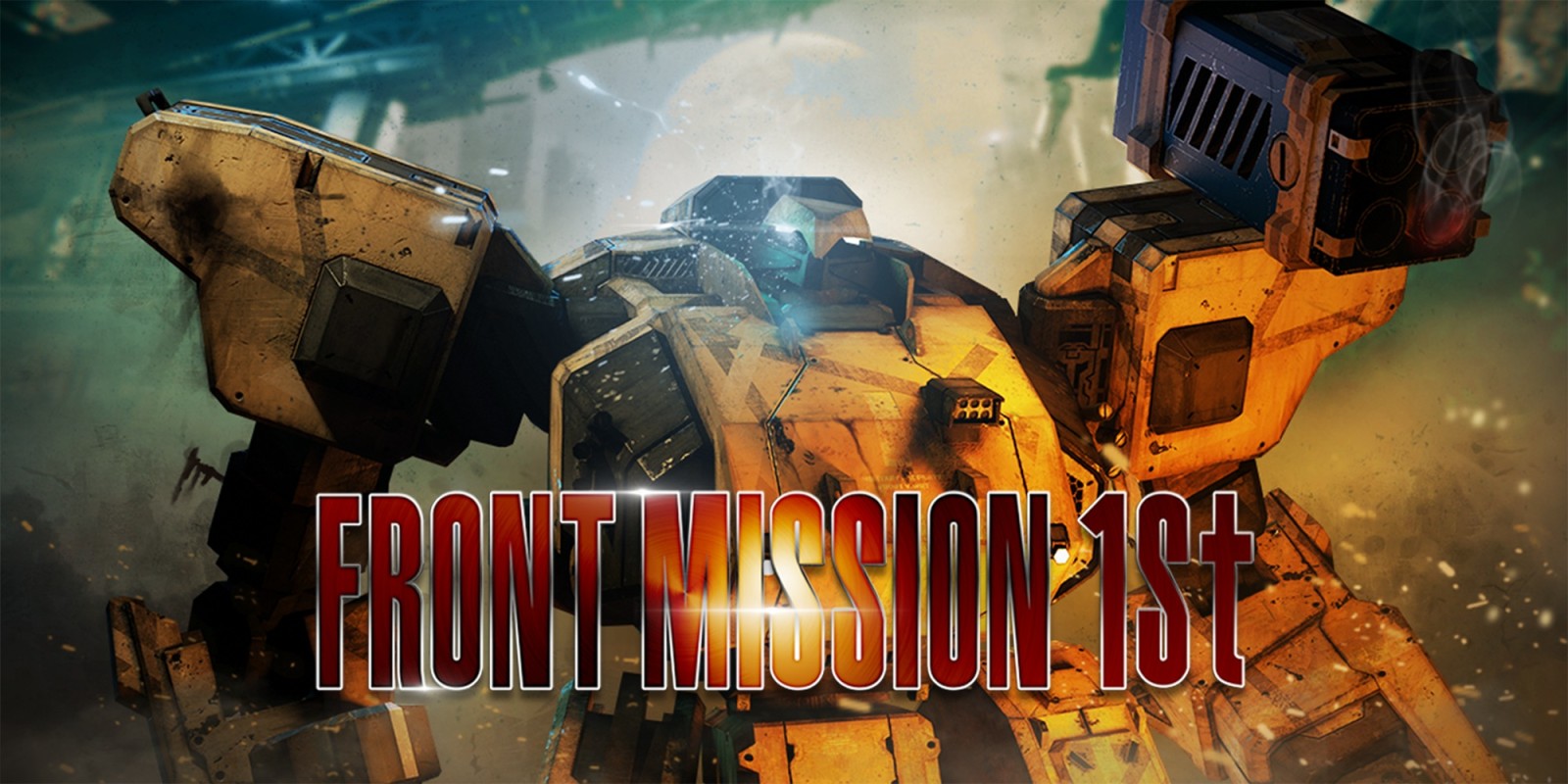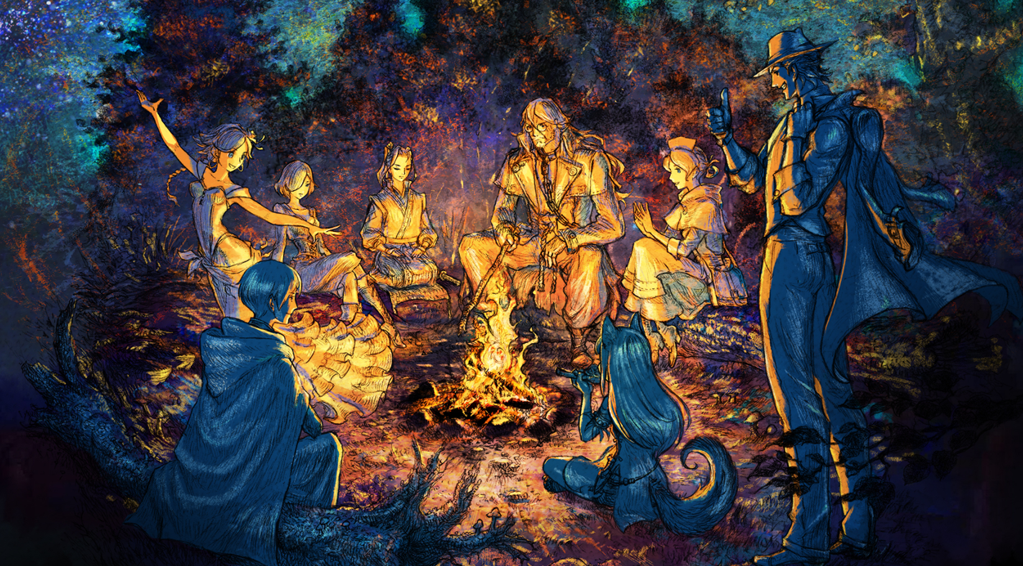Crisis Core -Final Fantasy VII- Reunion Review (PS5) – A Fair Return
2007’s Crisis Core was one of the standout IPs on the PSP. A Final Fantasy spin-off that was widely revered, it brilliantly adapted the JRPG formula for a handheld console. Given the technology, it looked and played fantastically for the time. However, it’s not 2007 anymore. Technology and video games have come a mighty long way since then, as typified by Final Fantasy 7 Remake.
“Even if the morrow is barren of promises, nothing shall forestall my return”
The story of Zack Fair has been fired back into the spotlight given the reimagined story for the Remake series, meaning those who missed out on Crisis Core back in the day were left in the lurch. Cue Crisis Core Reunion, a halfway house between remaster and remake, ready to whip out the old Buster Sword once again in a shiny new coat of paint.
Crisis Core Reunion has one burning question it needs to answer: can a 2007 video game be remastered to meet the expectations of modern audiences without alienating its core audience who adore the original? It’s a dream only a SOLDIER 1st class can answer, so does Zack meet the call?
Shinra’s Shiniest
It makes sense to start with the most notable changes with Crisis Core Reunion – it’s graphical overhaul. Square Enix have gone above and beyond in many respects with bringing Midgar into the modern age.
Character models, environments, levels and menus have been completely rebuilt to a point they almost look at home on current hardware. Landscapes and texturing have had the biggest upgrade, with water reflections, surfaces and locations receiving boosts to detail and effects. Seeing Shinra HQ in all its new glory adds a bit more gravitas to proceedings, while the caves and mines of Midgar are now much more daunting if beautiful to navigate.
New character models look good if not mind-blowing. Lighting and shadows have been vastly improved, allowing for some additional complexion in faces, but you’ll still notice a certain smoothness and lack of texturing to the models which shows the foundation’s age. Thankfully, the washed out colouring of the PSP version is eradicated here, allowing Costa del Sol, Nibelheim and the like to shine.
Having said that, this is still built without deviation from the original’s vision, which means PSP limitations are still on display. Most locations are fairly barren and strangely empty compared to what we’ve come to see in the Remake iterations. It’s especially notable in the game’s side-missions, which take place across a small handful of levels repeated dozens upon dozens of times.
As an adoring fan of the original Crisis Core, I was perfectly fine with this concession. Nothing has been changed in terms of actual level design or architecture, it’s just been spruced up significantly. However, that doesn’t escape the fact that these environments were built in compromise for the tech at the time, and the sacrifices to variety and density are obvious now.
Crisis Core’s CGI cutscenes were mesmeric back in 2007 in terms of the quality of the graphics. I still remember the scene between Sephiroth, Angeal and Genesis fighting atop Midgar almost frame-for-frame. Square Enix have left the CG scenes alone, probably wisely. They’ve been upscaled to suit much larger screens and still hold up even today incredibly, but there is some noticeable fuzziness to them that comes with being expanded from a console that would fit in my 13-year-old jeans. It’s a necessary compromise, one I think is justified as this is more remaster than remake.
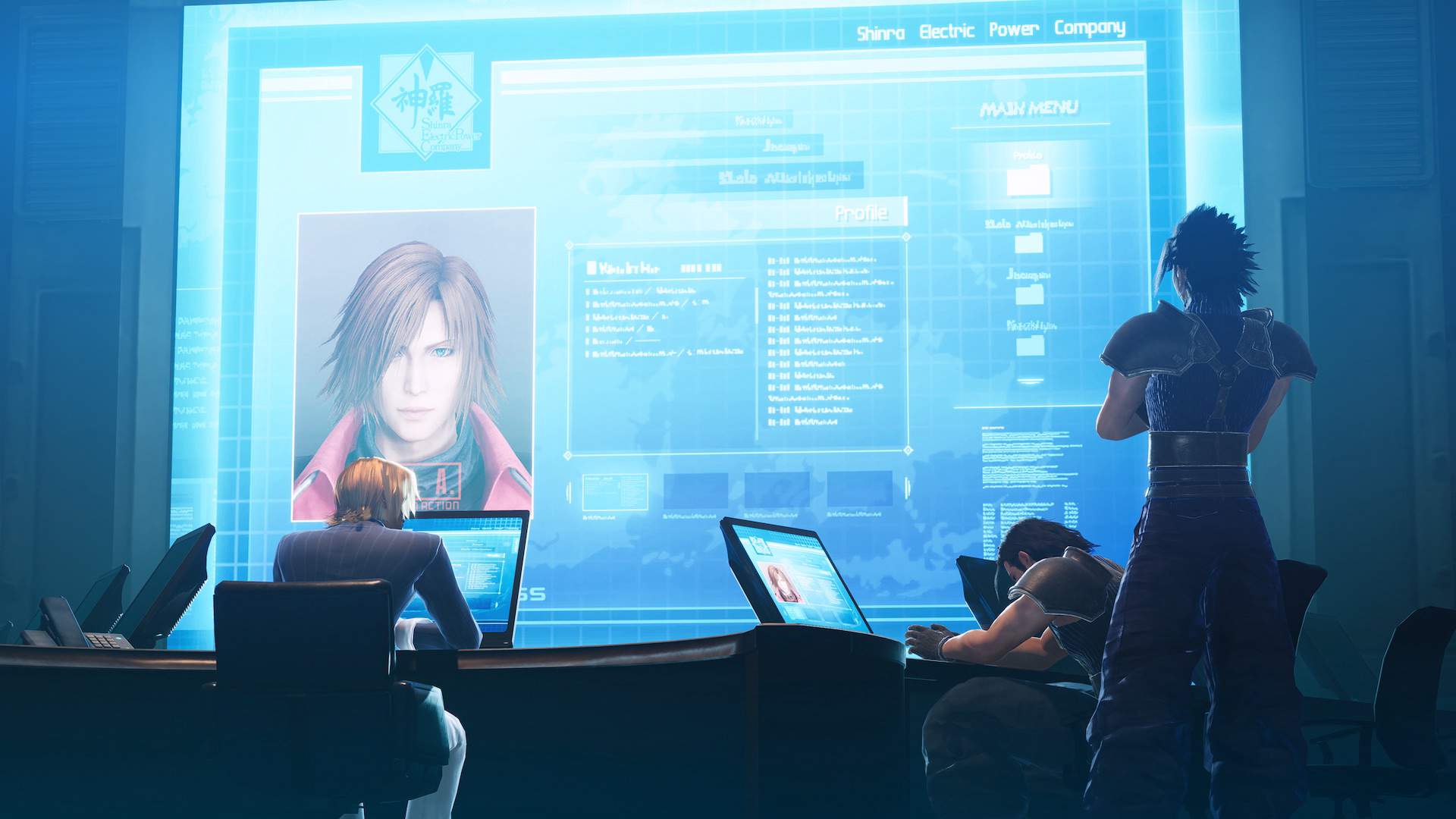
Dreams of Honour
The same level of overhaul hasn’t been applied to Crisis Core Reunion’s story. Audio has been re-recorded, with new voice actors introduced to bring an air of freshness to the dialogue. Majoritively, most of the cast do very well at emulating or recapturing the essence of the original actors. Personally, I’m not a fan of the switch to Caleb Pierce from Rick Gomez for Zack, as it feels like the titular hero has lost some of his spark and the delivery is inconsistent this time around.
Aside from the voice work, Zack Fair’s adventure is completely untouched, aside from a minor detail right at the end. This is very much a melodramatic and overblown story, with characters like Angeal stoically musing about maintaining honour and dreams, while Genesis frequently spouts lines from the in-lore LOVELESS tale as if it makes him an actual character. There’s a certain 2007 level of charm and cringe delivered in equal measure.
Back when I was 13, I lapped it up. I’m 28 now and video game narratives have progressed a substantial amount, so don’t be surprised to be put off by some of the outdated writing. Despite this, Crisis Core was all about contextualising and adding further gravity to Final Fantasy 7 and the additional backstory to massive figures like Cloud, Aerith, Sephiroth and even minor appearances from Yuffie and the Turks delivers in spades.
Is it well-written for 2022? No, probably not. Even so, there’s a zeal about Zack’s character that makes him a plucky, happy-go-lucky and endearing character. Understanding Sephiroth’s descent from hero to spectacular villain, witnessing Shinra’s machinations from inside their military complex, it’s all superbly done and the nods to Final Fantasy 7 now mean so much more given that Remake now exists.
Despite the problems Crisis Core’s central tale has, it’s an earnest and easily bought into story. Zack Fair is still my favourite character in Final Fantasy, a far cry from the miserly leads such as Cloud or Noctis. He’s a lovable goofball and the conclusion to his adventure is just as powerful and emotionally wrenching today as it was 15 years ago. With Rebirth on the way soon, Crisis Core Reunion has become an essential piece of the puzzle in understanding where the story could now go.
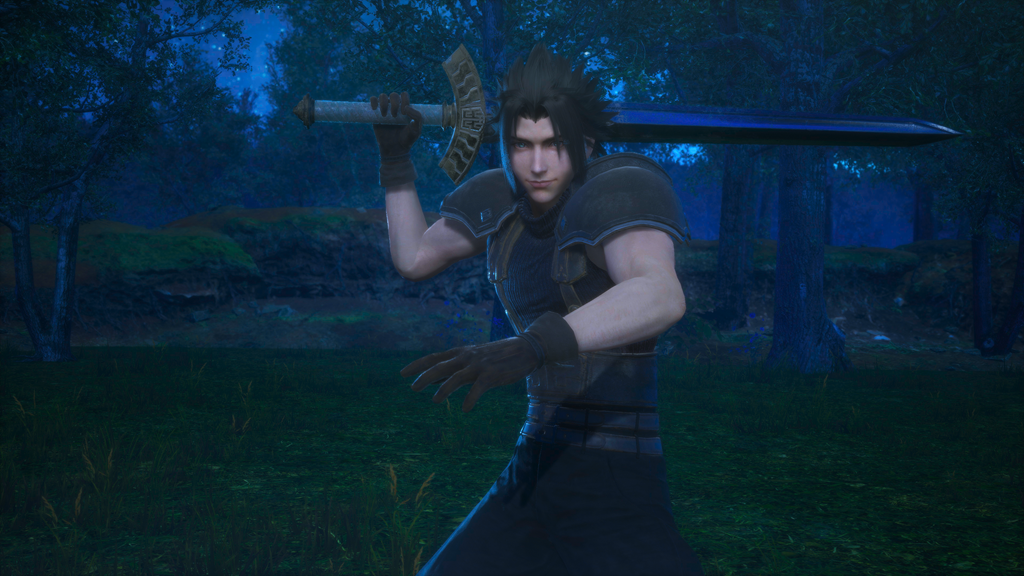
Time To Bust[er] Some Monsters
If you remember the PSP, you’ll reminisce not so fondly on the lack of dual analog sticks and fiddly controls in order to play a lot of titles. Crisis Core was no different, as it was stifled into slowed-down real-time combat encounters and attack selection displays.
Reunion has brought Crisis Core much more closely towards Remake’s combat system, with faster animations, sped up enemy assaults and more fluid weapon attacks and materia selection. It feels much more intense as a result and while you can block or dodge, you’ll be taking damage frequently. Zack’s increased vulnerability took a bit of getting used to but it flows nicely once you get into the swing of things.
Combat is still relatively simplistic, requiring a lot of mashing the attack button and then throwing off spells to take advantage of enemies’ elemental weaknesses. There’s a lot of enemy variety, though plenty are reused from Final Fantasy 7, so you’ll recognise plenty of mechanical and beastly faces. They’ve even kept in the original’s OP materias in Darkness and Costly Punch. God those make Zack a one-man army capable of decimating all of Shinra alone.
The DMW, or Digital Mind Wave, slot system is also spruced up and returns in all of its… controversial… glory. As you battle, a 3-tier slot machine spins away in the background, using character icons important to Zack and numbers to generate random buffs, summons and supermoves. From Sephiroth’s Octaslash to Megaflare, you’ll be getting constantly spammed with awesomely animated specials to throw down with.
Levelling up and upgrading materia tiers are also tied to the DMW, though it’s not quite as random as it appears. You’ll only level up by actually playing, completing encounters and beating enemies, the DMW then just acts as your “confirmation” of reaching the next threshold, for example. Buffs are more random which make for a random but surprisingly fun gameplay mechanic, as they’ll pull you out of a horrendously outmatched fight or condemn you to no support whatsoever.
Your skill with manouvering Zack and making best use of abilities, spells and equipment is still essential. The DMW absolutely will not save you in tougher fights or boss encounters, so don’t think you can luck your way through via brute force. Lord knows 13 year old me tried that. A lot. The idiot.

Prove Your Worth, As SOLDIER
Aside from the main storyline, which is rather short compared to most Final Fantasies or JRPGs, there’s an exuberant number of side quests and mini-missions to embark on. So many in fact, only an evil, maniacal, all-oppressive electric power company could have their employees working so hard. I’m sure Midgar doesn’t have any of those, right?
Throughout the 10 chapters, you can venture out through small hub areas from Shinra’s headquarters to LOVELESS avenue and down to the Slums. Dotted about will be characters to interact with that unlock quests and provide further exposition about the current state of affairs in Midgar. Most of the animations and dialogue are recycled and while the the improved graphical fidelity helps, they’re still not the most interesting.
Seeing iconic locations from my memory beautifully recreated was a wonderfully nostalgic moment though, so I still very much enjoyed it. The 300 missions you have to do for 100% completion though? Well, that’s a decidedly different story.
All of the content coming back is absolutely necessary for a remaster, but Square Enix probably could have done more to make this a bit less… endlessly repetitive. The missions were designed with a portable, on-the-go console in mind, so they had to provide some blubber to fill out this beast’s belly, you know? But, having to replay dozens of times, the same monsters, the same corridors, the same encounters is slightly painful now. Over, and over, and over, and over again you’ll sprint through an arena, one-hit kill (thanks Costly Punch) the designated enemy, get your reward and bail.
Even a switch up to the environments, or a couple of new mechanics or… anything… really, would have helped alleviate this a bit. The side missions are pretty important too, as they offer new mails, questlines, shops, the best materias and even the hardest boss in the game overall. 100% is a bit of a slog as a result, but it does mean Crisis Core Reunion has a decent chunk of content to work through.
The minigames are as outdated as Genesis’ emo haircut though. Whether it’s pressing X to slash missiles or moving left or right to collect chests from a waterfall, they’re innocuous at best and pointless at worst. A couple are kind of humorous, but they all could have done with a bit of overhauling or scrapping altogether.
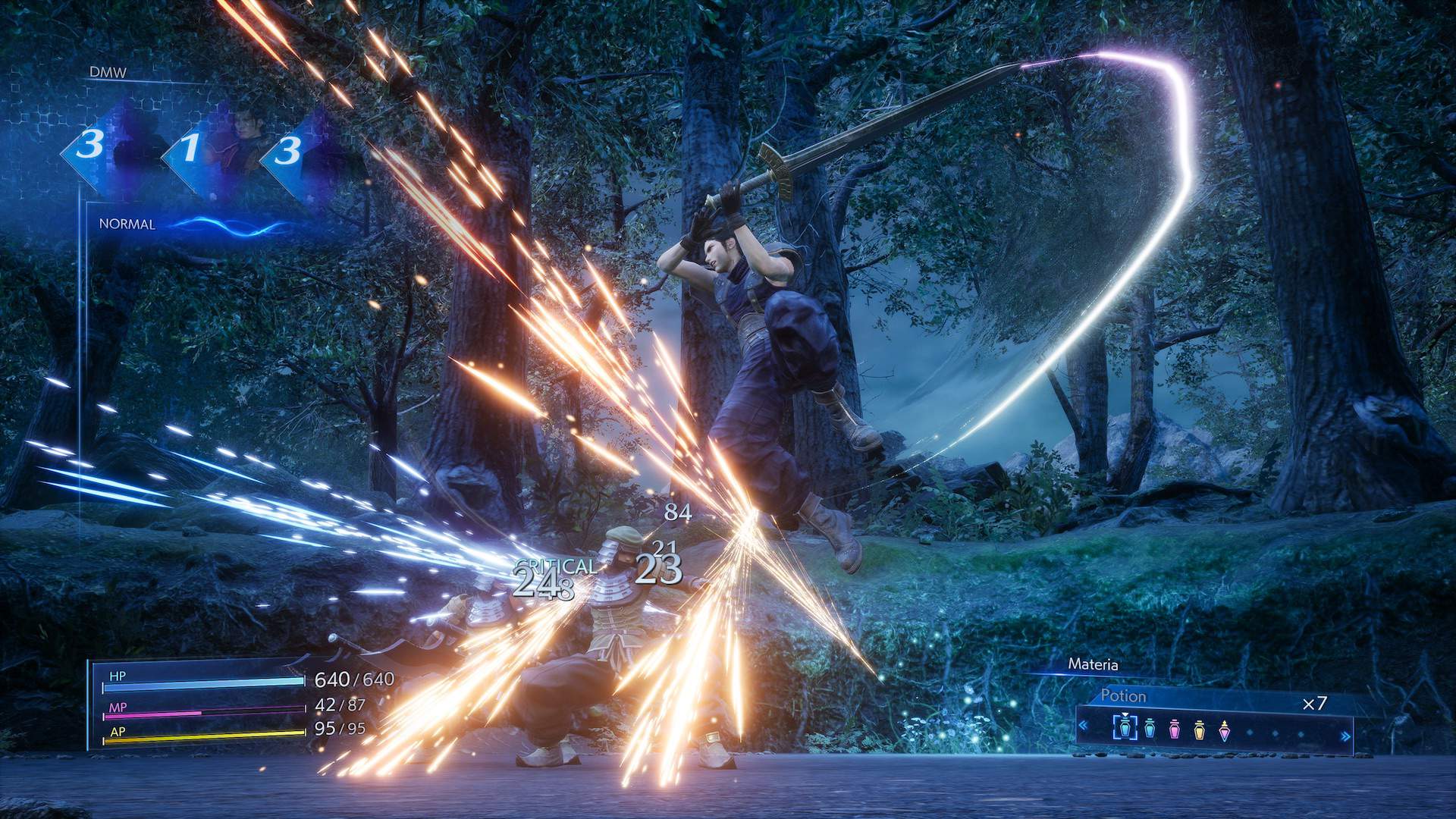
A Soundtrack Reborn
It took me about 23 hours to 100% Crisis Core Reunion and what stood out most to me wasn’t the superb graphics or slick combat system, it was the newly recorded music and audio. Zack has some of the best accompanying battle tracks in the series. His title theme “The Price of Freedom” is phenomenally recreated and the motifs that punctuate the game are beautiful throughout.
Reunion reminded me of just how powerful this game’s soundtrack was, and now is. Takeharu Ishimoto is an absolute guru and deserves a lot of respect for how he’s remastered this stunning set of music while staying true to the feel of original score.
Alongside the numerous quality of life improvements like the HUD layouts, 60 FPS on PS5, menu streamlining and materia fusion accessibility, there’s a lot about this remaster that makes it an entirely upgraded and improved version of a fantastic title. It’s not quite Remake level of completely reimagining a game, but it’s far superior to most packages branded as “remasters” nowadays.

Here’s To You, Zack
I’d never have considered Crisis Core for the remaster or remake treatment, even when I was smashing through Final Fantasy 7 Remake last year. It was beyond my wildest dreams, a lowly spin-off PSP game that had one of my most fondly held characters cocooned within it. How lucky I’ve been to return to Midgar and see Zack’s story through once again.
To see this game brought to life with a stunning graphical overhaul, a slick and fluid combat system update and a beautiful remastered score is wish fulfilment in its highest form. I can’t overlook the obvious shortcomings in its blatant portable system compromises and recycled animations, but Crisis Core Reunion shows there’s a place still for cringey yet endearing stories to thrive.
Square Enix have done Zack and Crisis Core’s cast a more than respectable service. The 2007 game is still flawed and bloated in some ways, but I challenge you not to feel moved by the end of this story. Crisis Core Reunion is a remaster done right, fully justifying its existence despite its unwillingness to improve some outdated design. It’s been great to have you back, SOLDIER 1st Class Zack.
Crisis Core -Final Fantasy 7- Reunion is a prime example of how remasters should be handled. A massive graphical overhaul, streamlined and satisfying gameplay mechanics and wonderfully remastered soundtrack outweigh the 2007 originals flaws in bloated side-content and repetitive structure. Square Enix have kept their honour and given Zack Fair the hero treatment he deserves.

Crisis Core -Final Fantasy 7- Reunion is available now on PlayStation 5 (review platform), Playstation 4, Xbox Series S|X, Xbox One, Nintendo Switch and PC.
Developer: Square Enix
Publisher: Square Enix
Disclaimer: In order to complete this review, we purchased a copy of the game. For our full review policy, please go here.
If you enjoyed this article or any more of our content, please consider our Patreon.
Make sure to follow Finger Guns on our social channels –Twitter, Facebook, Twitch, Spotify or Apple Podcasts – to keep up to date on our news, reviews and features.
